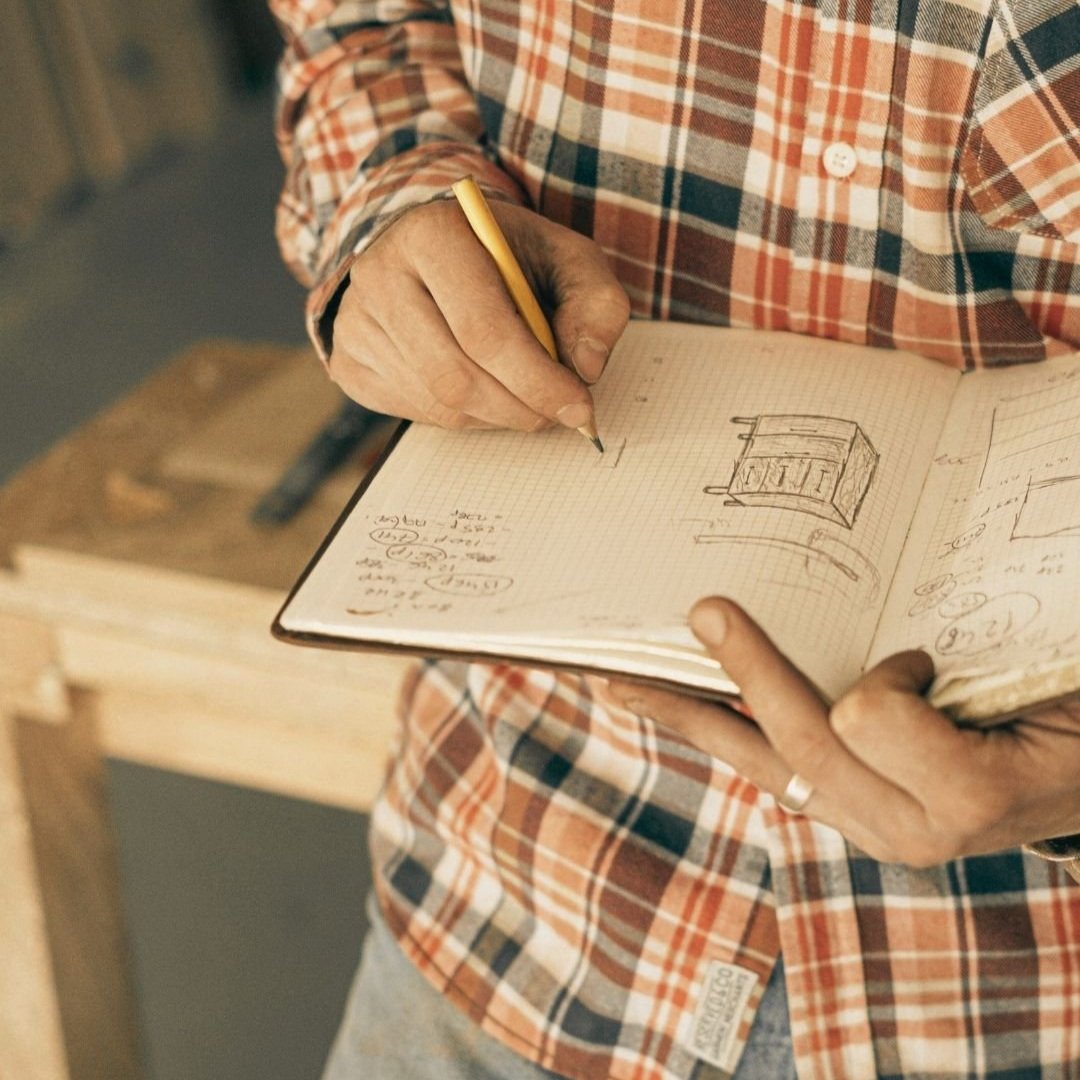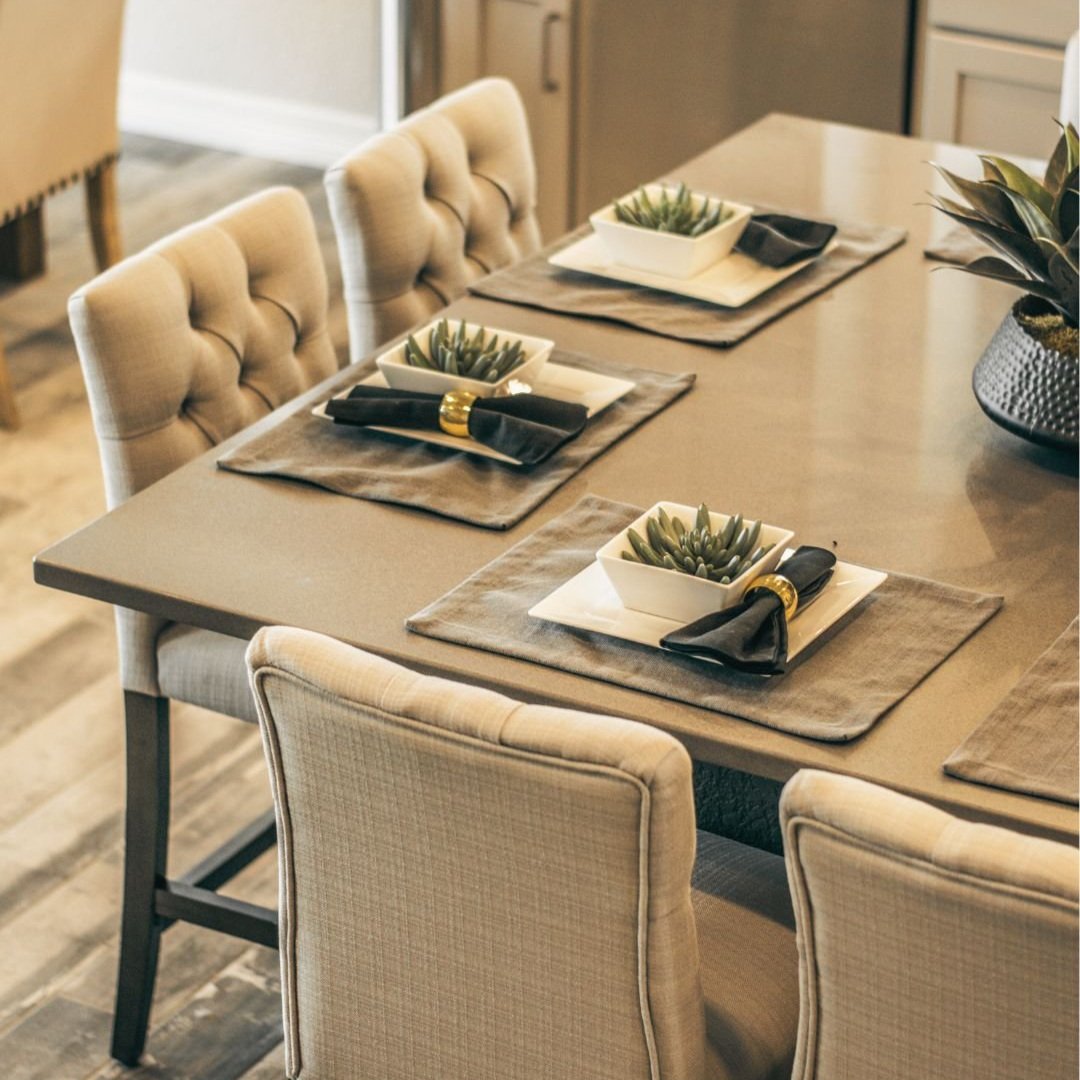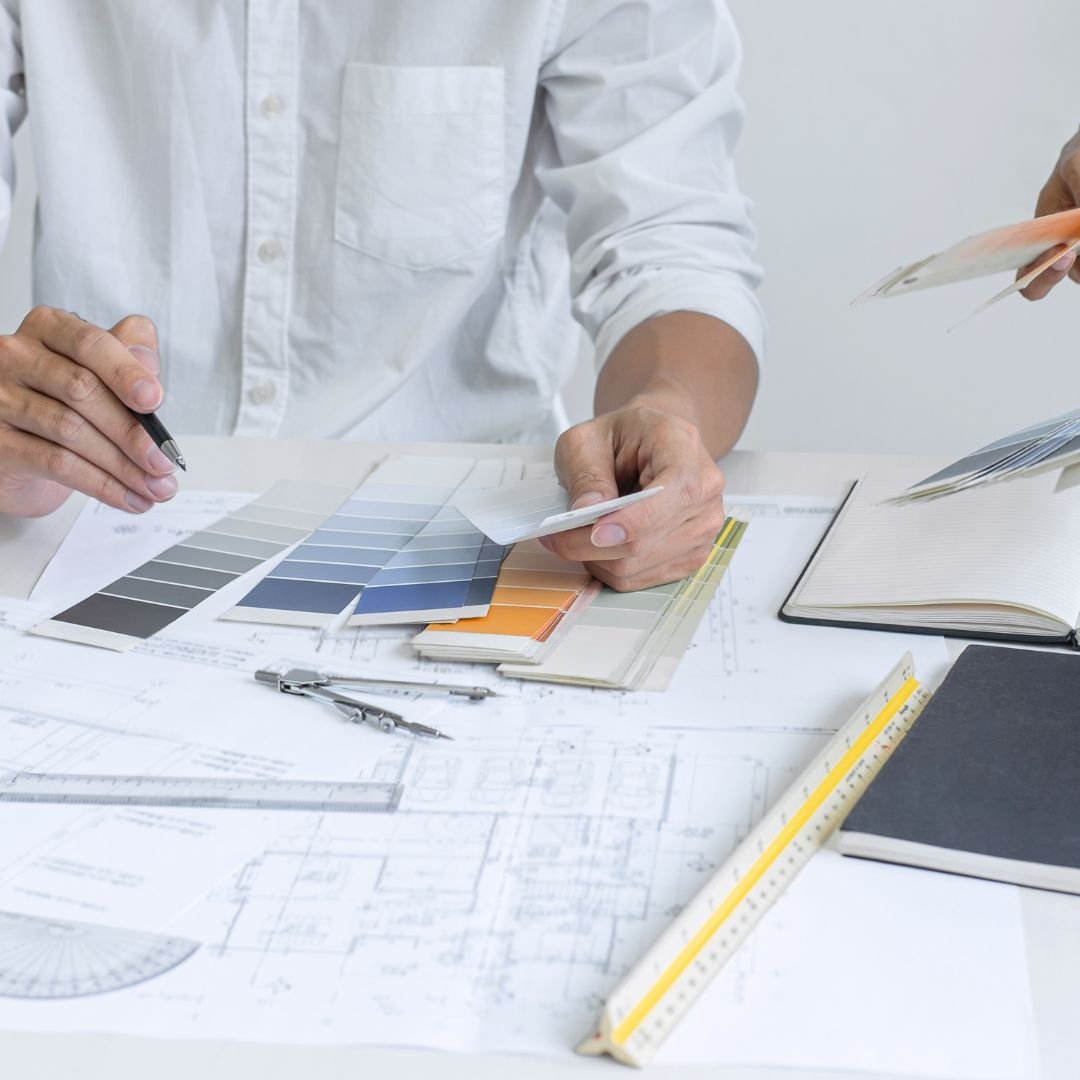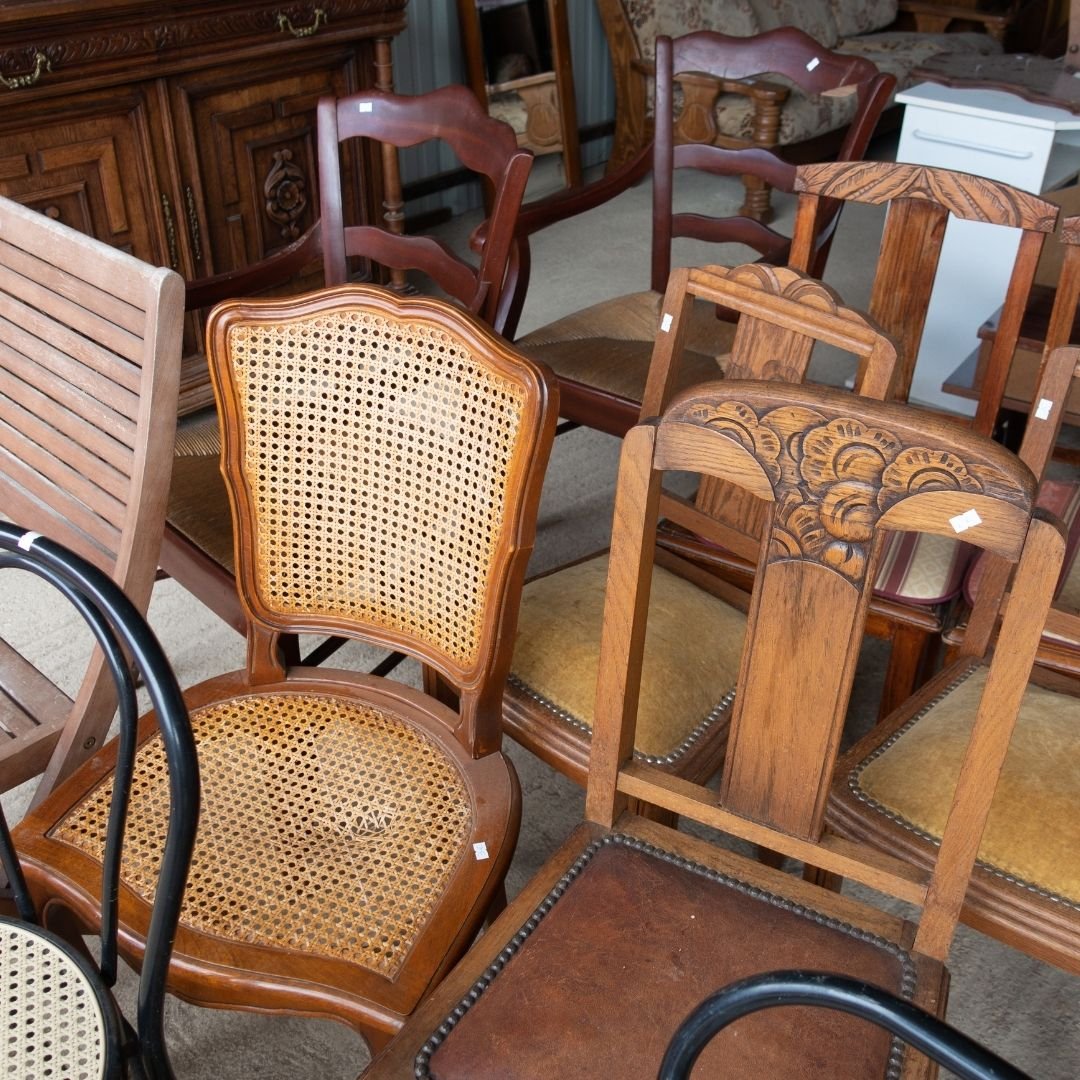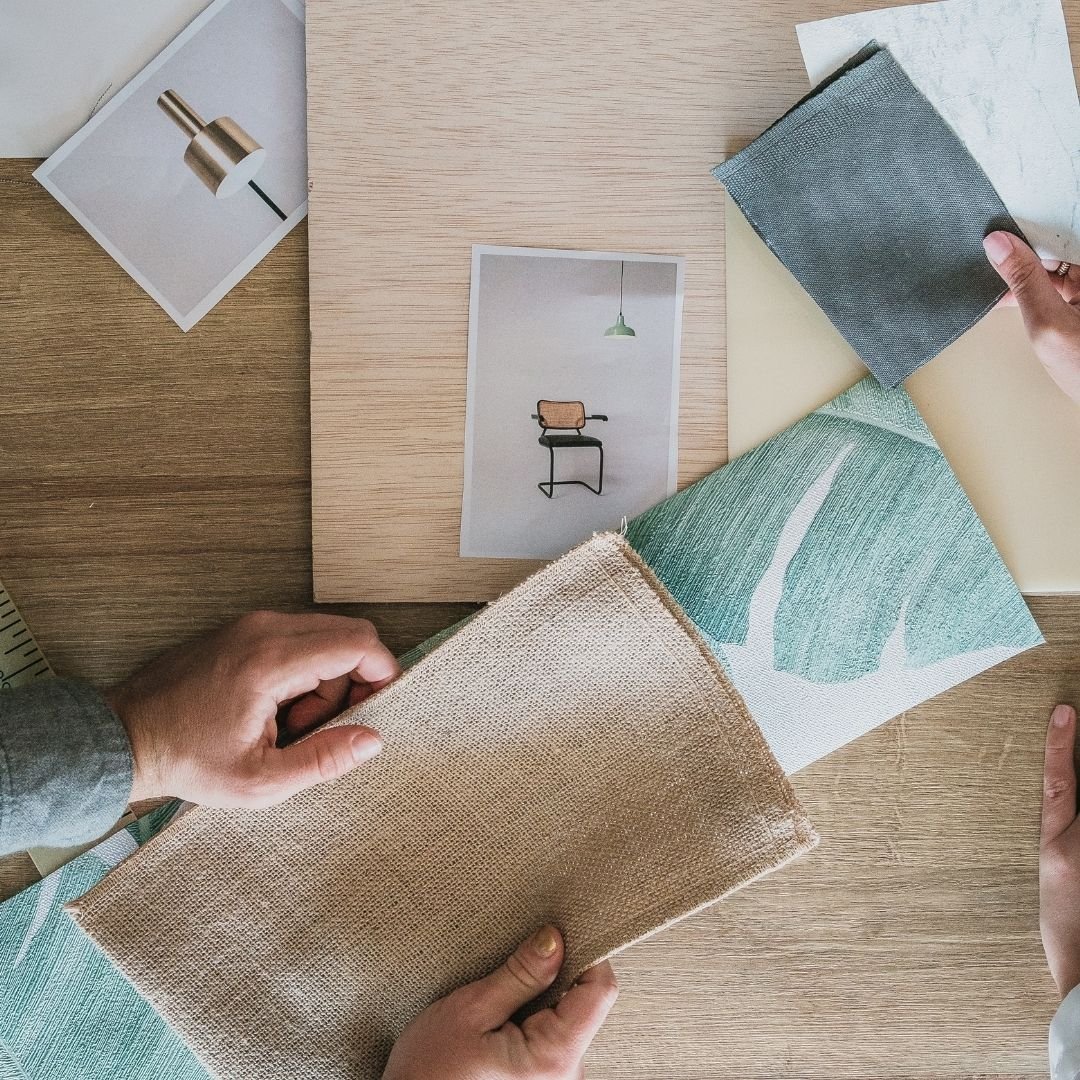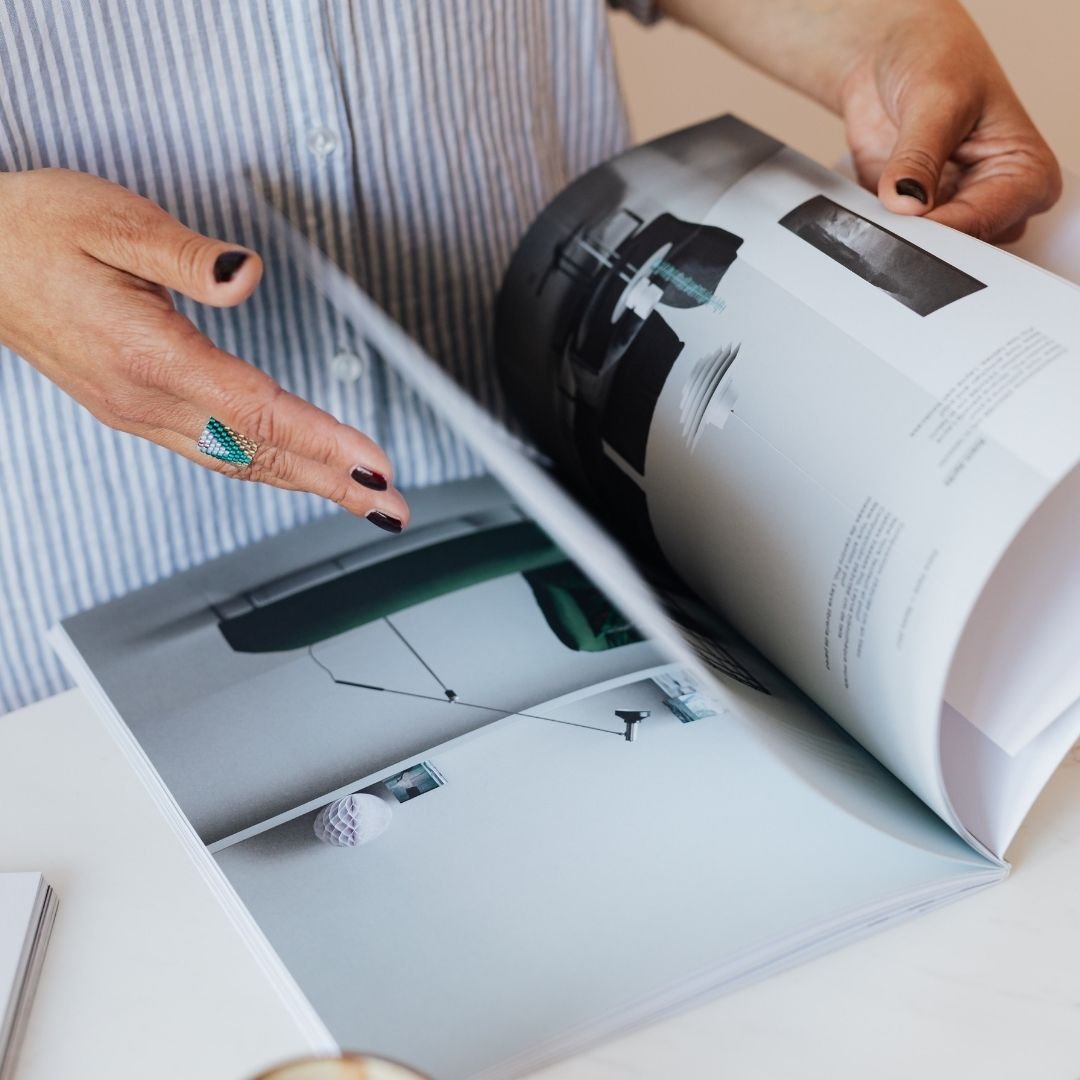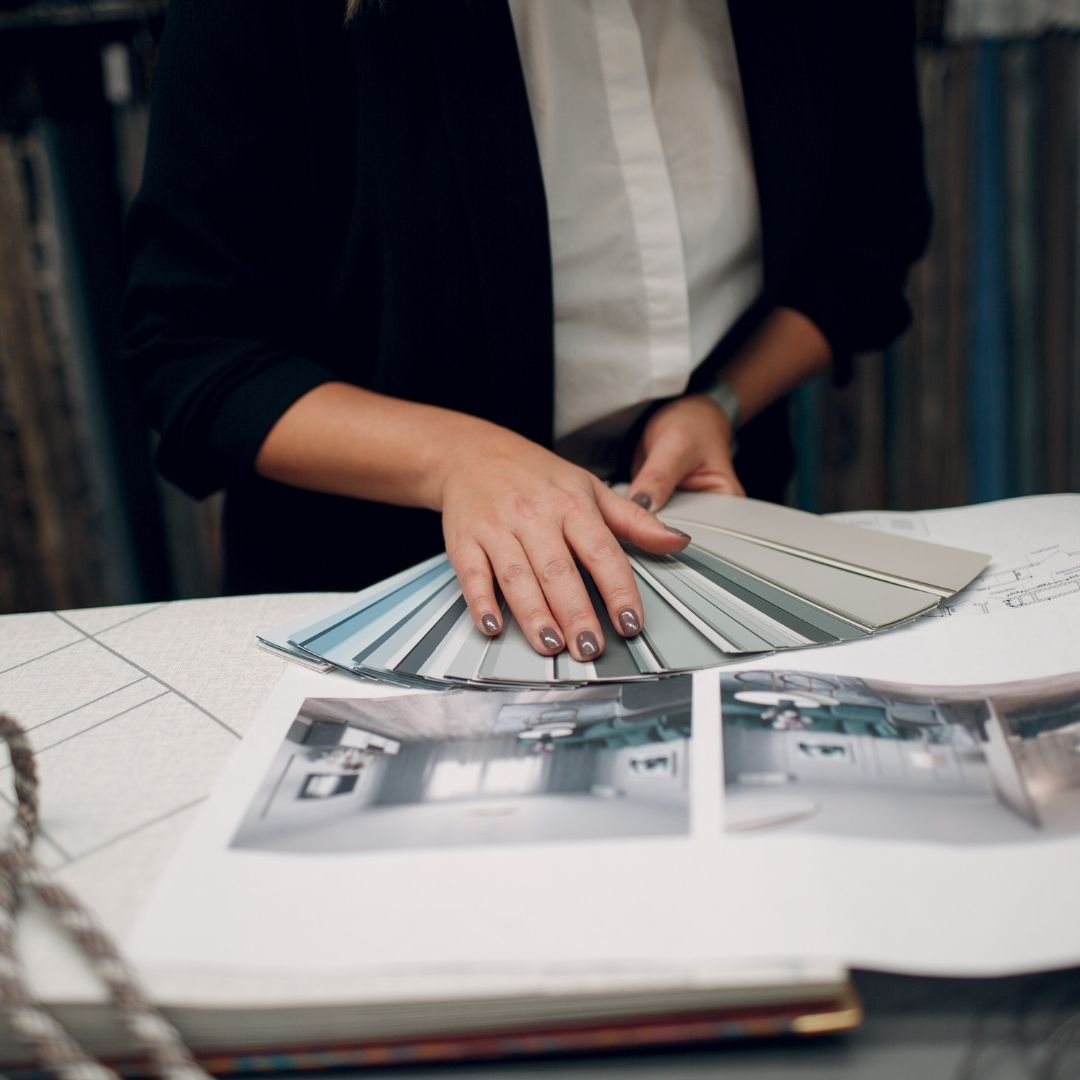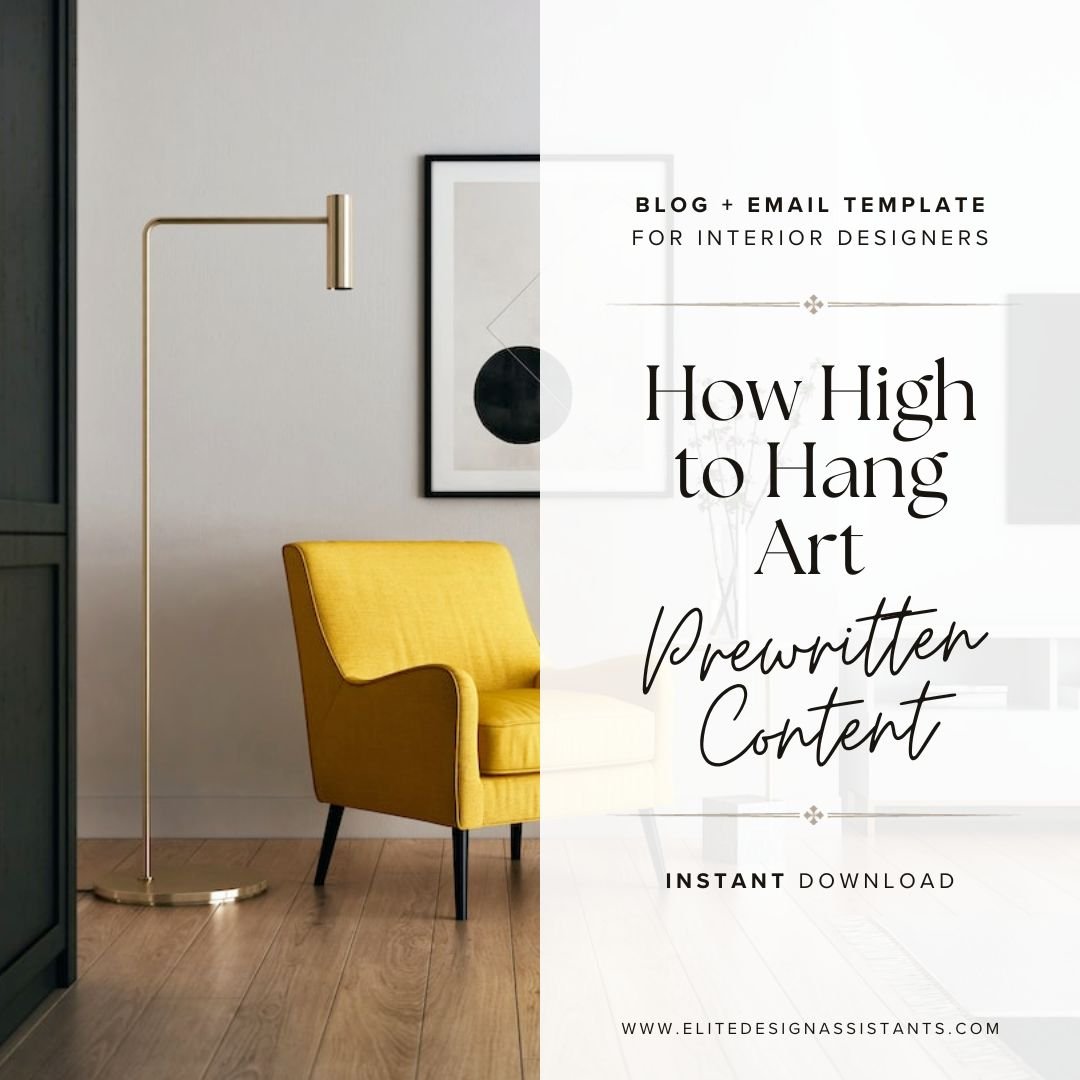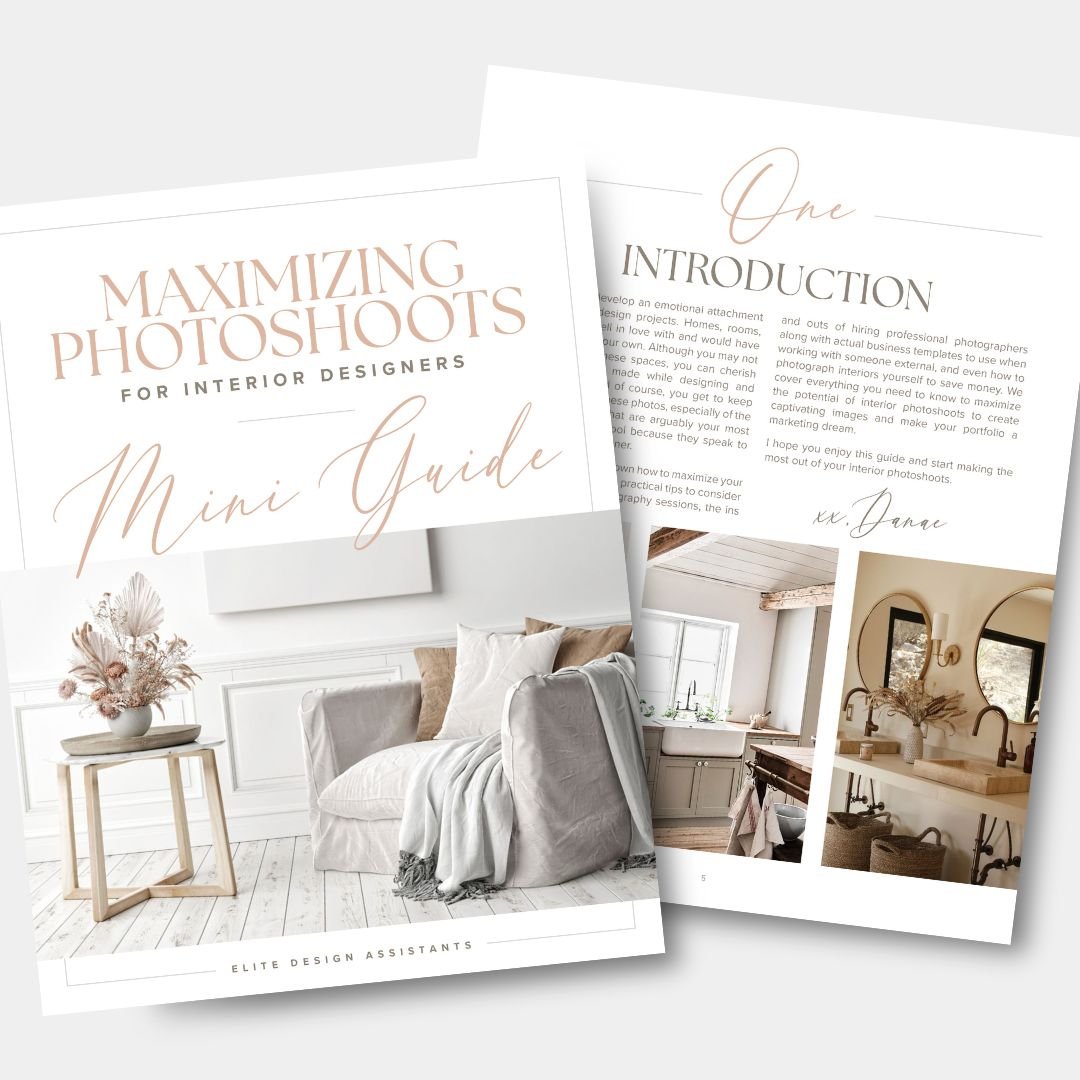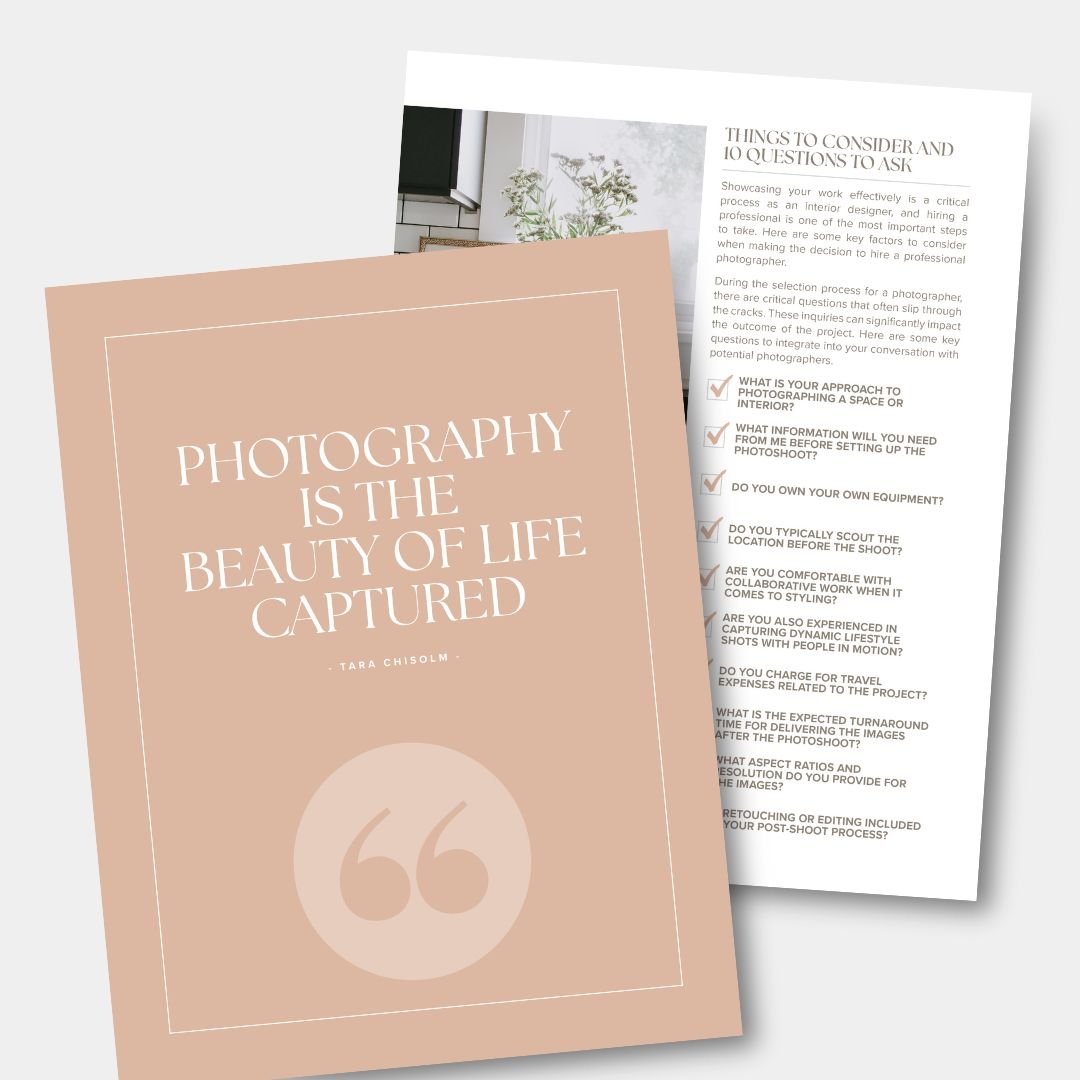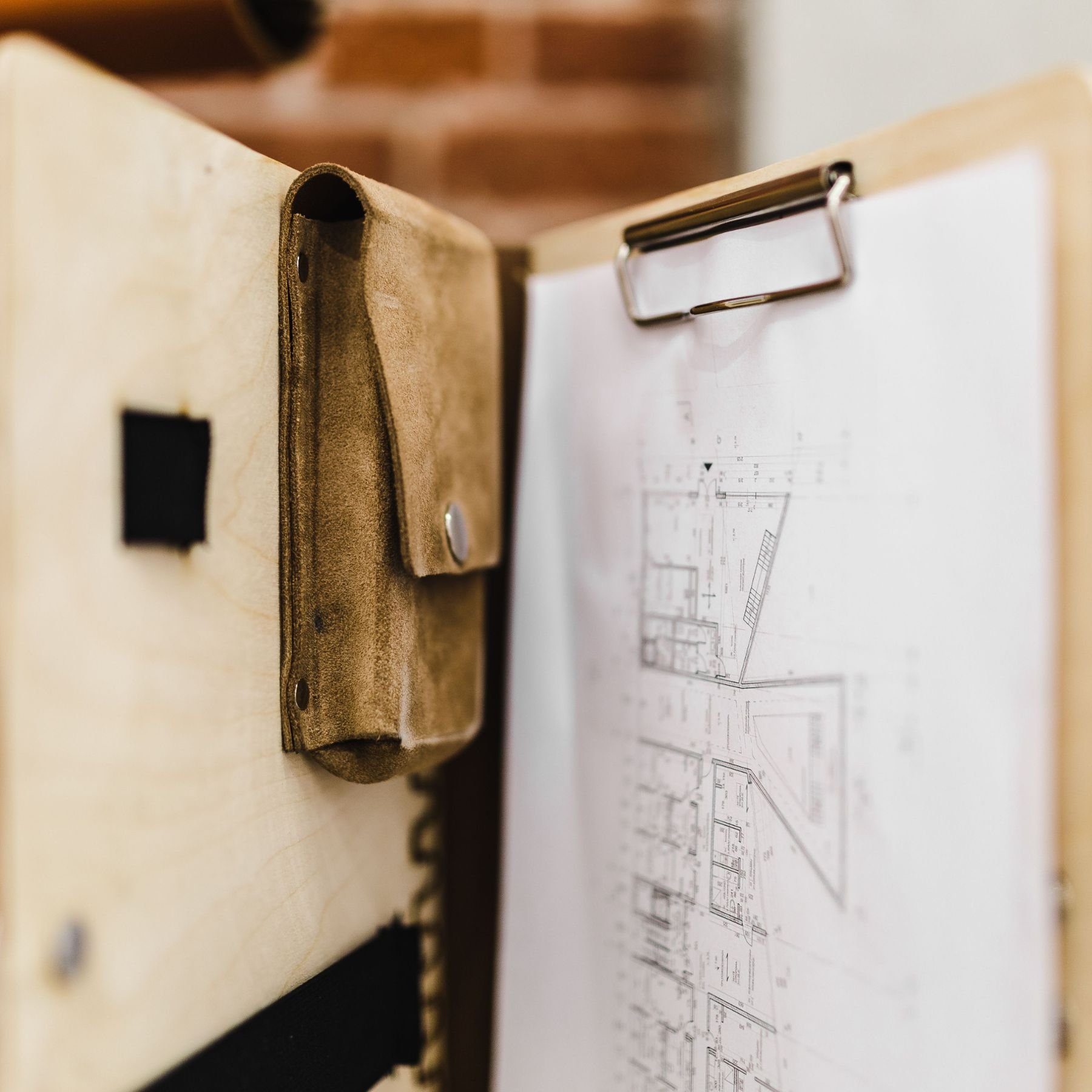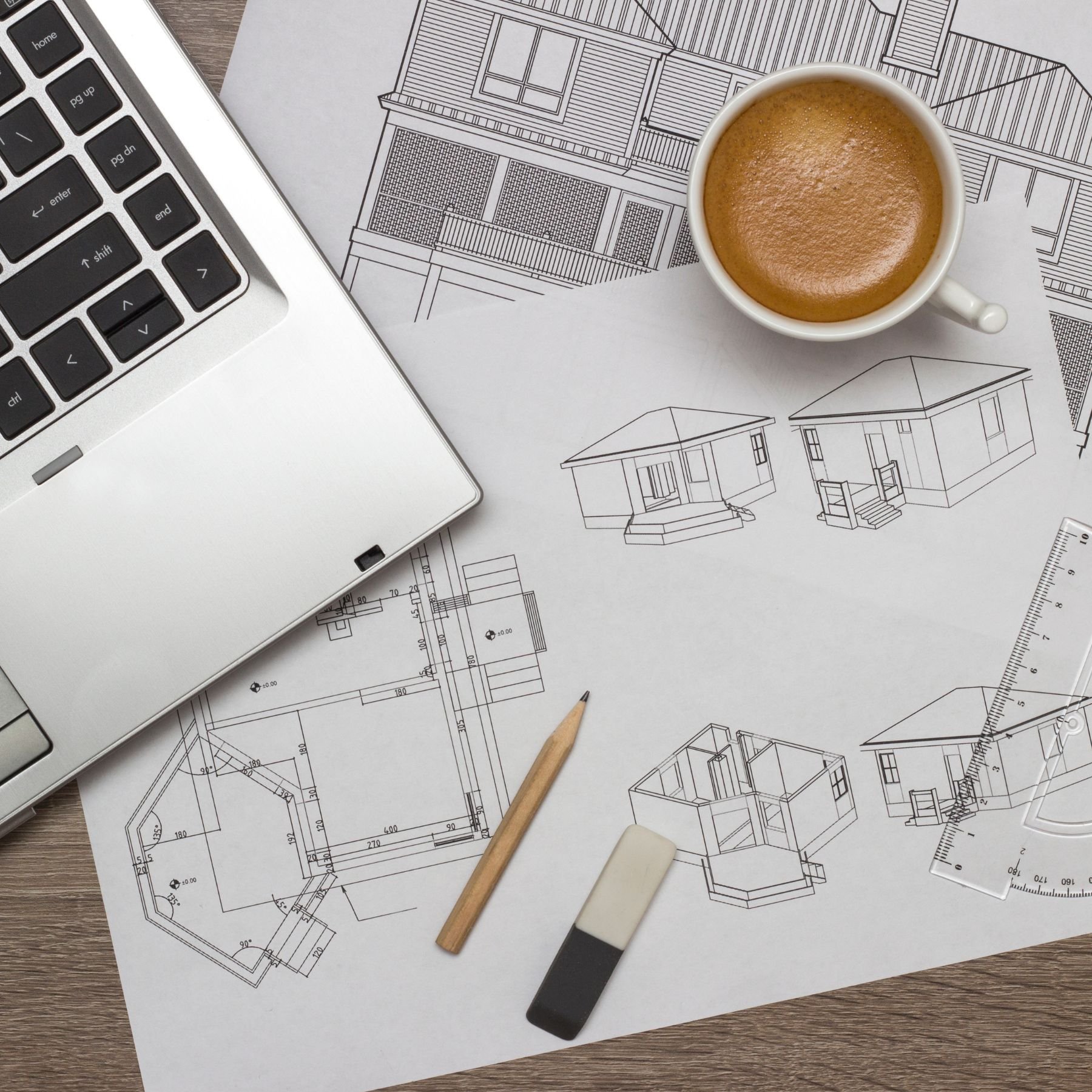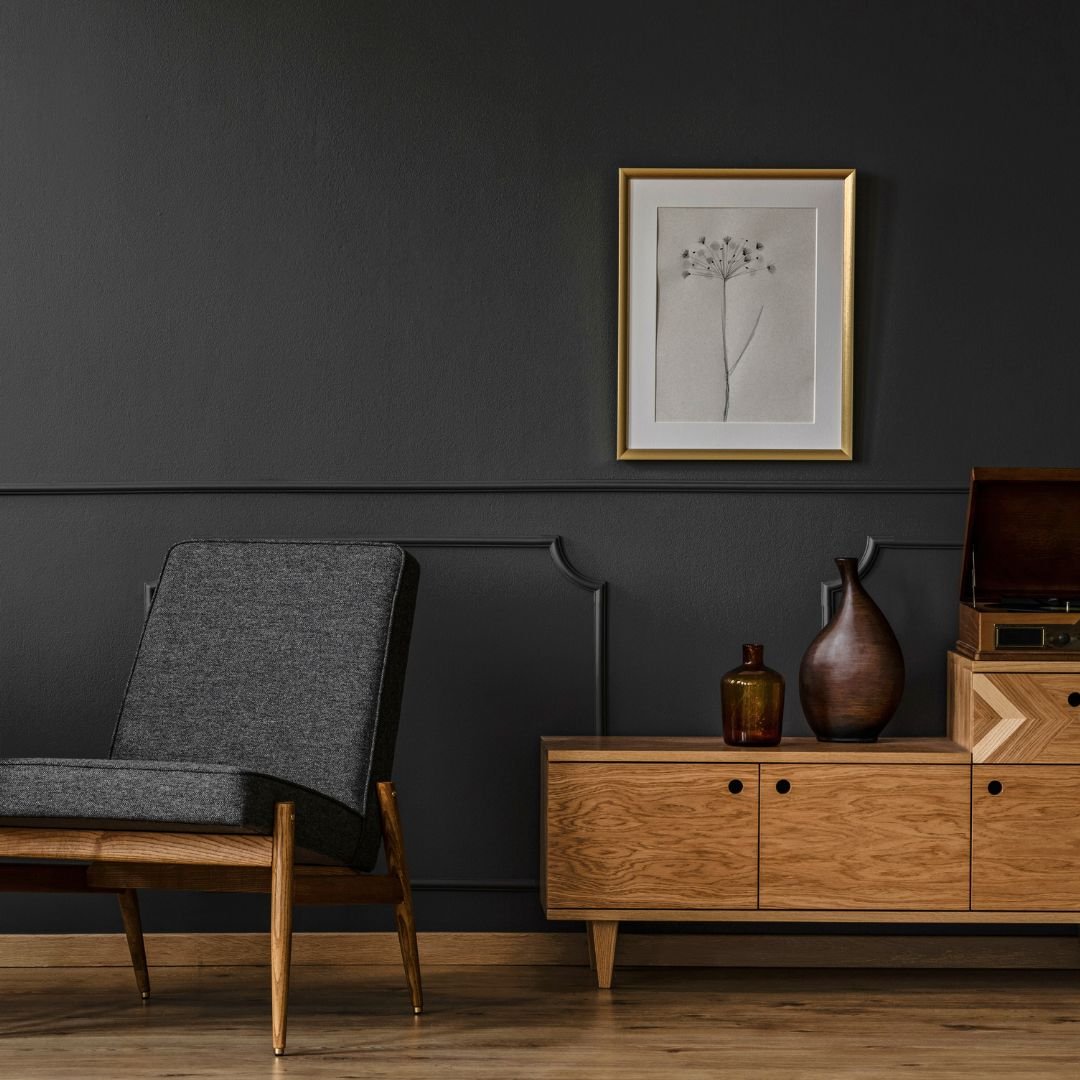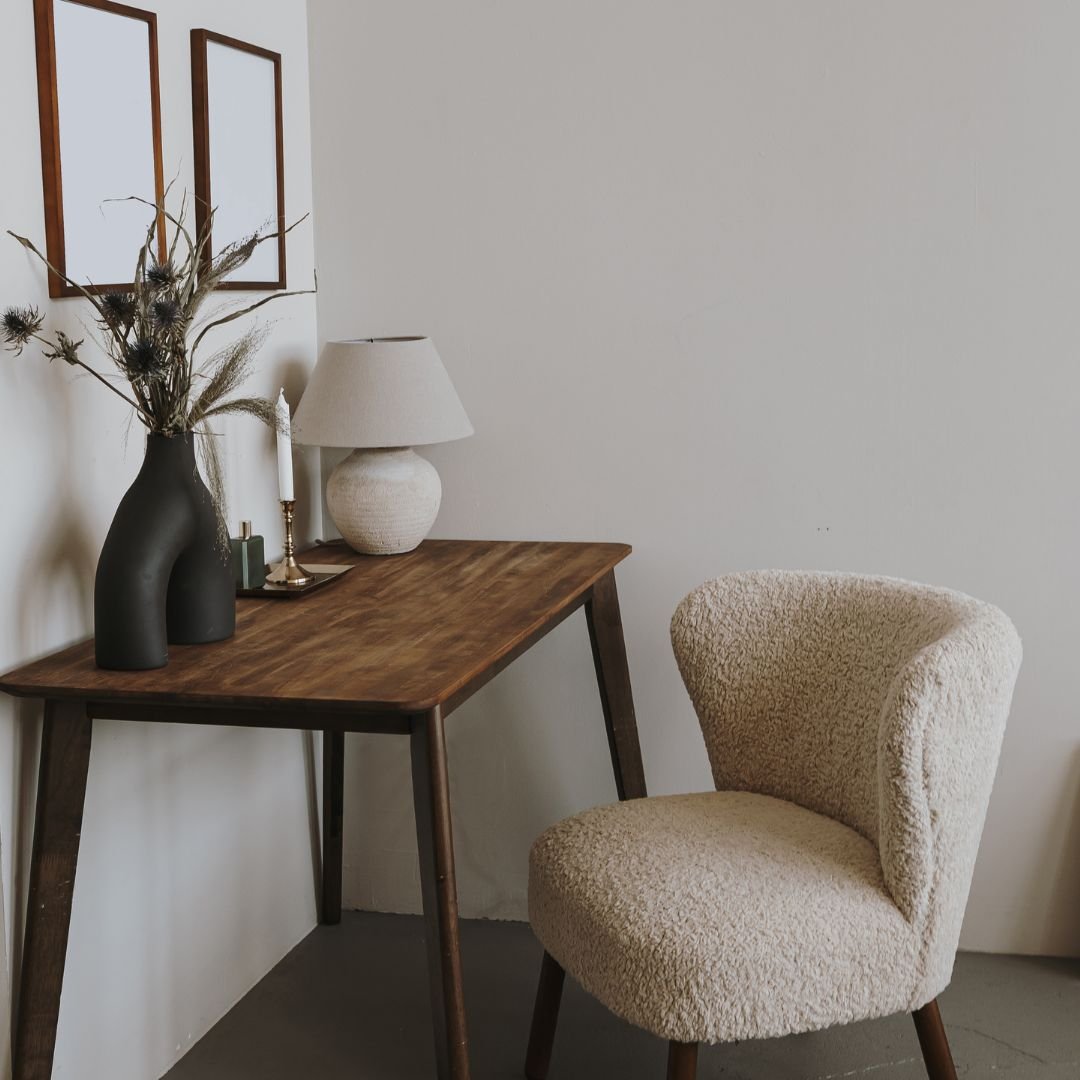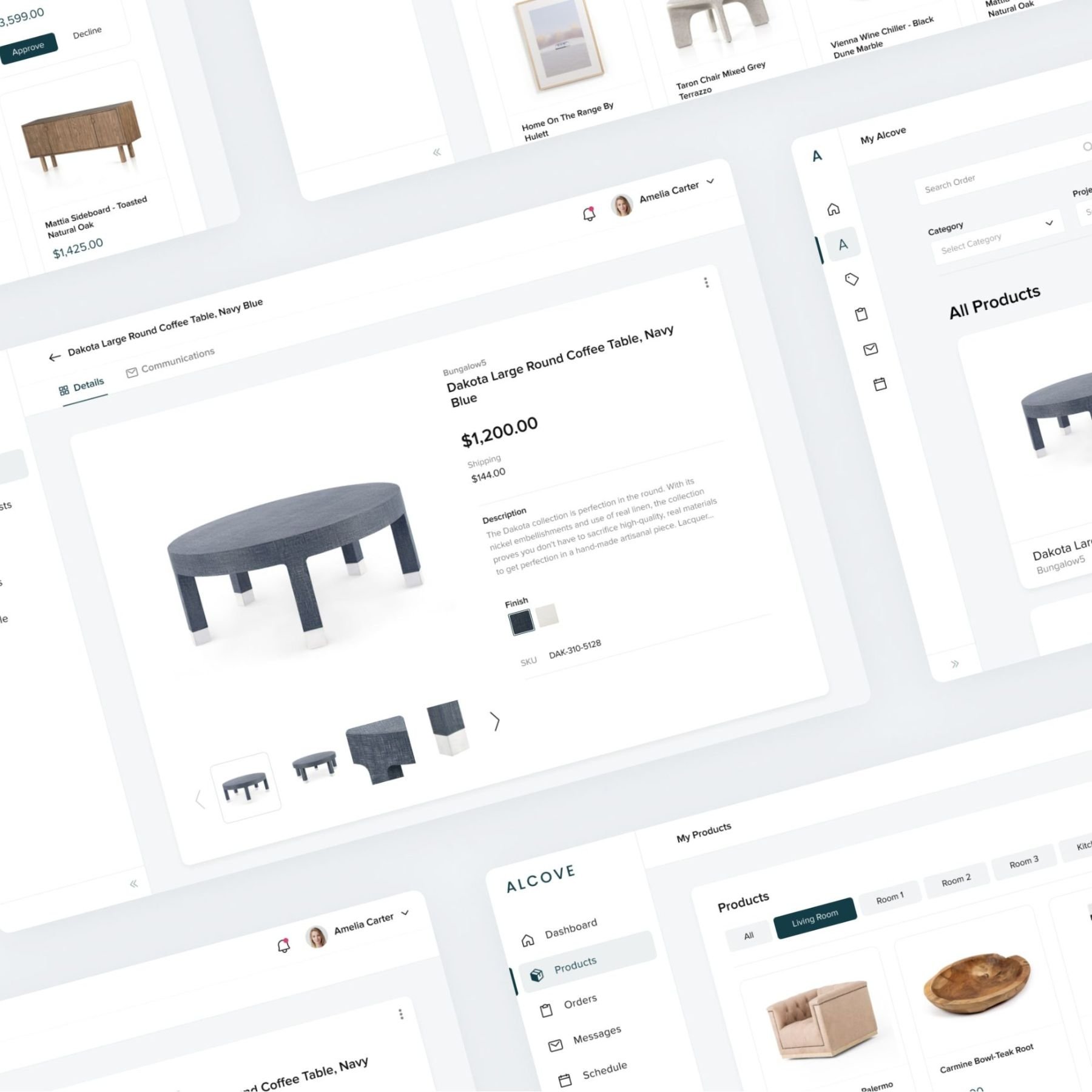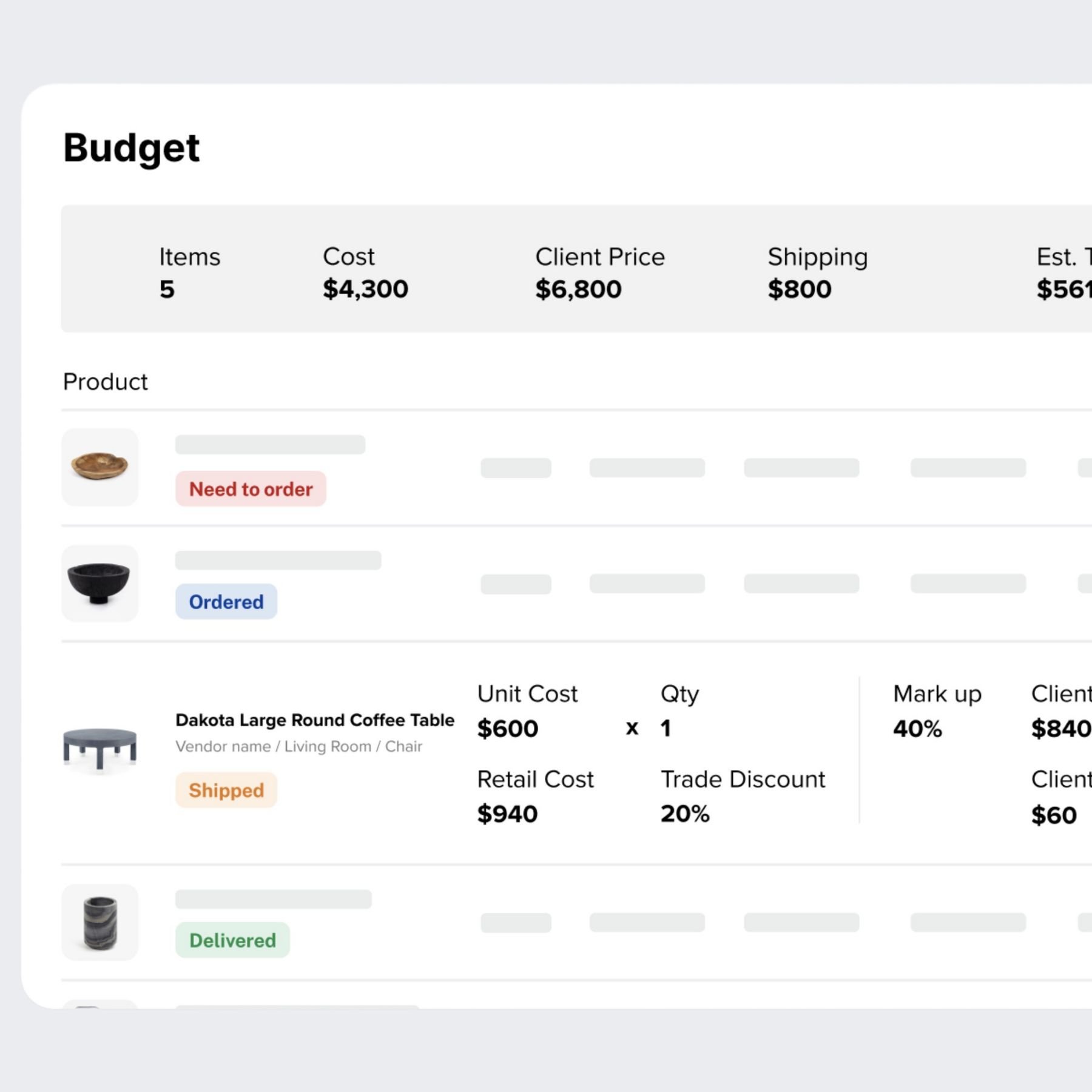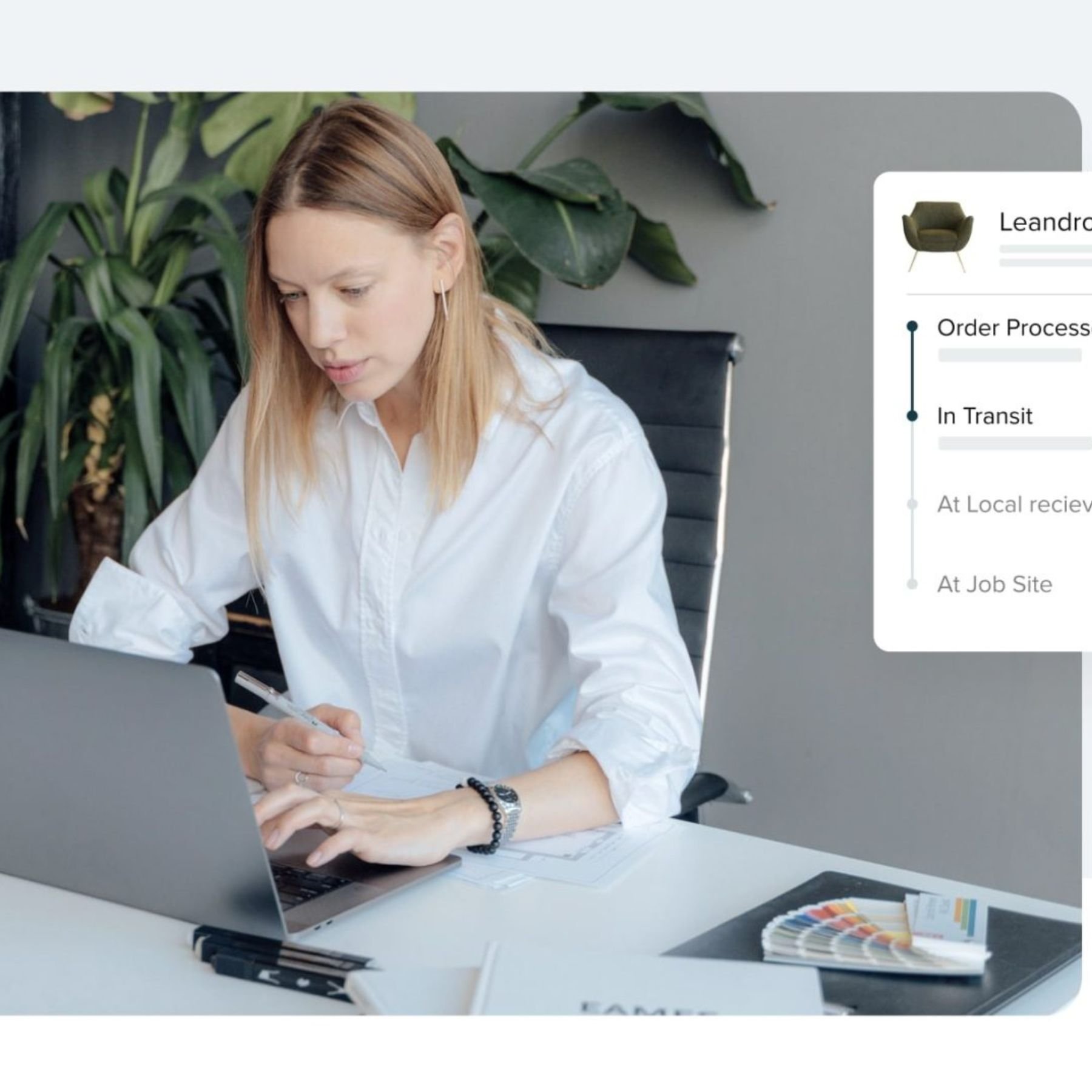Best Practices for Delegating Drafting to a Virtual Design Assistant
/Outsourcing drafting tasks to a virtual design assistant (VDA) can be a game-changer for interior designers. Imagine freeing up your time to focus on the creative and strategic aspects of your projects while a skilled VDA handles the technical drawings. It sounds fantastic, right? It is. But to make the most out of this collaboration, there are a few best practices to keep in mind. Here’s a breezy guide to help you make this process go smoothly.
1. Finding Your Perfect Match
First things first—finding a VDA who is a good fit for your drafting needs is fundamental. Start by asking about their proficiency with different drafting programs. Are they wizards with AutoCAD, or perhaps they excel with SketchUp or Revit? Elite Design Assistants can match you with a VDA who is proficient with the programs you use. But don’t be shy to request a work sample. A little peek into their portfolio will give you an idea of their style and precision.
2. Sharing Your Standards
Once you've found your VDA match, it’s time to share your CAD standards. Provide them with a sample CAD file that includes your text and dimension styles, layers, and any templates you use, including page names and title blocks. This step is like handing over your secret recipe—it keeps things consistent and saves time in the long run. Keep in mind, this initial phase involves a bit of a learning curve as your VDA gets acquainted with your firm's unique methods. Even if your methods are "industry standard," they might differ from other designers’ standards. So, be patient during this setup period. Once they’re up to speed, you’ll have a valuable partner in your drafting workflow.
3. Detailing Your Expectations
Communication is key! Be clear about the level of detail or precision you require for each project. For initial concepts, a simple shell or rough sketch might suffice. However, as the project progresses, you might need precise shop drawings that are accurate to the last fraction of an inch. And if you desire intricate hatch textures for added visual detail, let your VDA know upfront. Let them know if you have a maximum time budget for a particular task. This transparency will help them prioritize their efforts effectively and avoid mismatched expectations.
4. Sharing Peripheral Resources
Help your VDA get the full picture—literally. Share project photos, inspiration boards, or any other resources that shed light on the design concept and objectives. This broader context will help your VDA understand the nuances of the project and align their work with your vision. The more they know, the better they can tailor their drafting to suit your needs.
5. Managing Files and Formats
Set clear guidelines on where your VDA should save or store CAD files and in what formats. Do you have preferred file naming conventions they should be aware of? Whether it’s a shared cloud drive or a specific folder structure, a well-organized system prevents headaches down the road. Agreeing on the right formats also ensures compatibility and smooth integration into your workflow. Make sure you have a copy of the CAD files as they become updated in case you wish to pick up on their progress at any time. Just make sure you coordinate file versions in order to avoid lost progress.
6. Setting Deadlines and Expectations
Establishing deadlines is essential, but it’s equally important to be realistic. Provide your VDA with a reasonable timeframe to complete their work. This consideration not only builds a healthy working relationship but also leads to higher quality output. And remember, every project may come with its share of questions, especially at the beginning.
7. Welcoming Questions
Expect there to be questions. And that’s a good thing! A diligent VDA will seek clarification rather than making assumptions. Make yourself available to answer these queries. Establishing preferred methods of communication and regular check-ins can streamline this process. This proactive approach keeps everyone on the same page and ensures any issues are promptly addressed.
A few final tips!
If you’re delegating several tasks or projects, let your VDA know the order of priorities.
Consider video call meetings to batch-discuss tasks and questions whenever possible, as it’s usually much more efficient than emailing back and forth!
Delegating drafting tasks to a VDA can significantly lighten your workload, providing both relief and invaluable support in your daily work and overall process. Sound good? Reach out to us today for a free consultation with a VDA perfectly suited to your needs!
xx, Danae


















